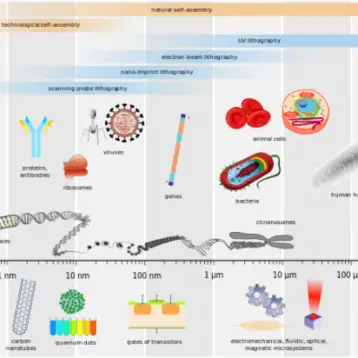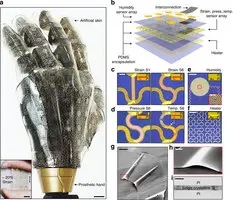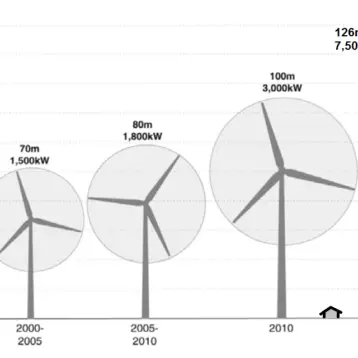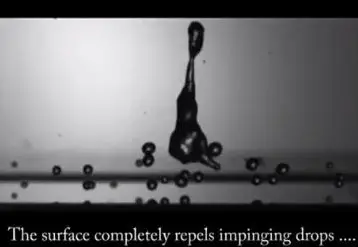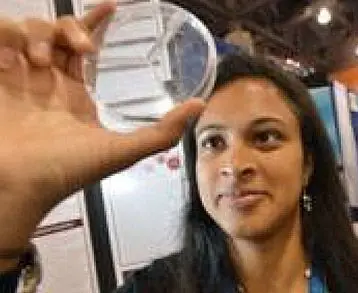Researchers at the University of Zurich have developed a new fabric that effectively repels water. Drops of water falling on the fabric form into spherical balls on the surface and fall off without making the fabric wet when as little as a two degree tilt is applied to it. Water is repelled by a layer of silicone nanofilaments coating the surface. The 40 nanometer coating protect the layers of polyester fabric underneath, preventing the water from ever reaching beneath the surface.
 |
“Water repellent wood”
(Credit: Professor Stefan Seeger) |
|
Lead researcher Stefan Seeger claims the coated fabric is the most water repellent clothing appropriate material ever created. Water simply will not reach the fabric proper even if the cloth is fully immersed in the liquid. Experiments have demonstrated that the material remains dry to the touch even after two months of continuous submersion.
The silicone nanofibers also trap air underneath the surface, creating a layer of air between the coating and the polyester similar to the plastrons that allow some insects to breathe underwater. This layer can reduce drag underwater by as much as twenty percent, perhaps making this fabric ideal for wetsuits and swimwear.
The coating is also fairly durable, holding up well to rubbing. This may be the first step toward new self-cleaning clothing or material impervious to dirt and wear. That said, the nanofilament coating does not currently survive a standard washing machine cycle and so is not yet practical for use in most clothing.
 |
Water repellent fabric
(Credit: Professor Stefan Seeger) |
|
While polyester produces the best results, the nanofiber coating can also be applied to wool, cotton, and other textiles. The coating process is simple, consisting solely of applying silicone gas to the fibers and allowing it to condense into nanofilaments. In the future, the same process could coat glass and metals as well as textiles. This could potentially result in water repellent windows and all sorts of weatherproof instruments and machines made from rust resistant metals.
More information about the water repellent fabric is available on
Stefan Seeger’s research page at the University of Zurich website. You can also read the abstract of a paper describing the process of applying the coating and some of the tests performed on the resulting materials in the November issue of the Advanced Functional Materials journal found
here.




